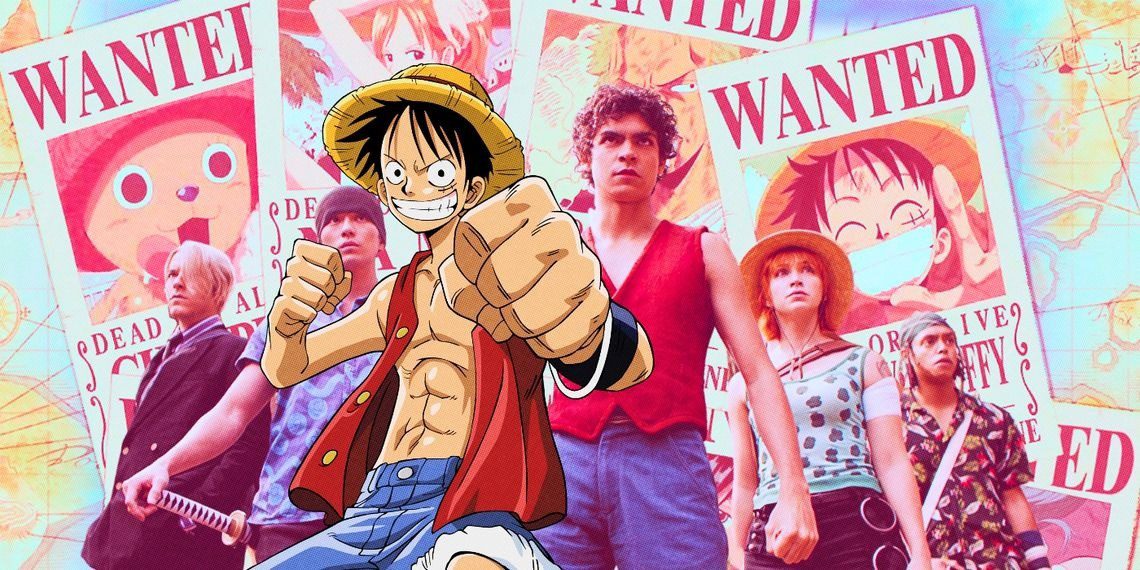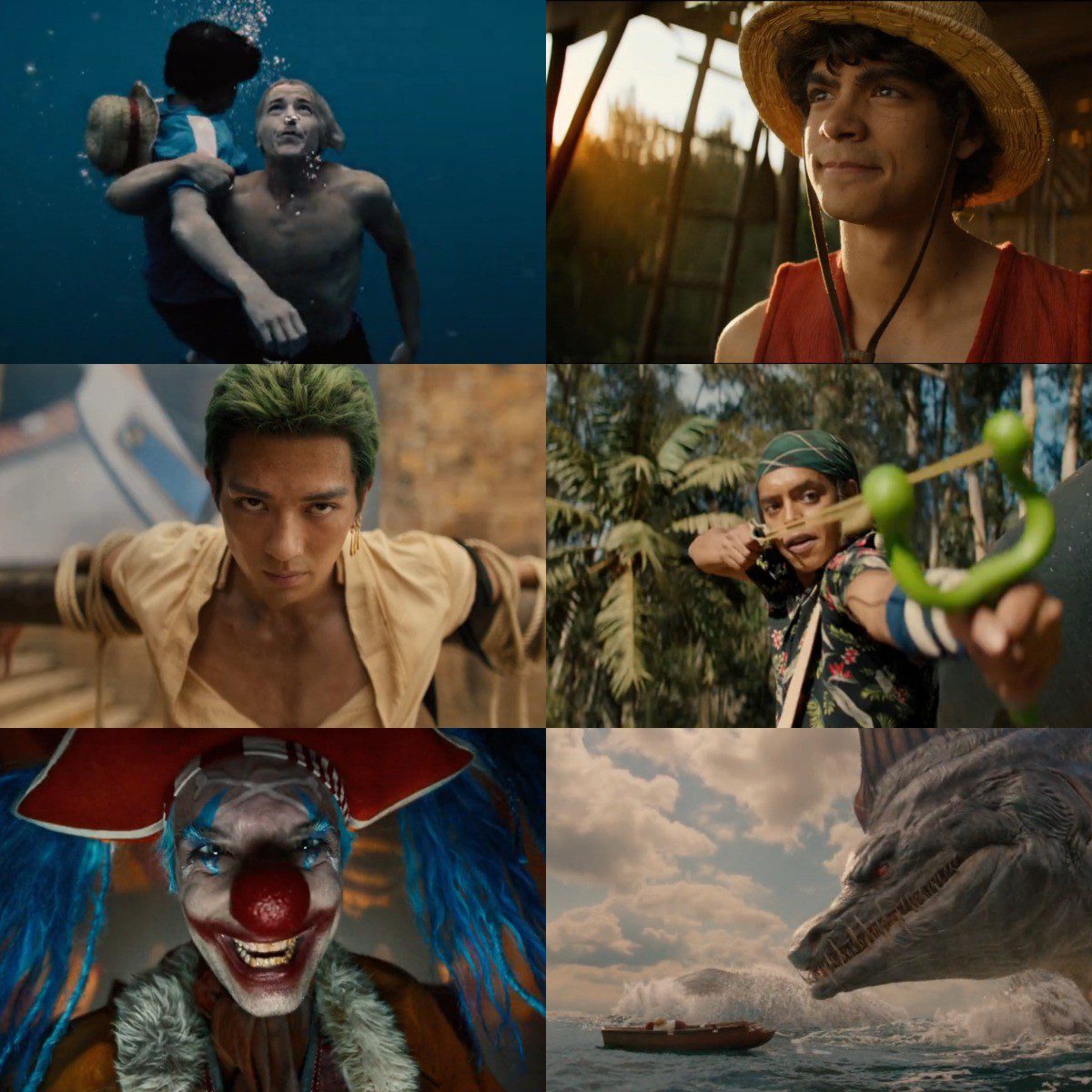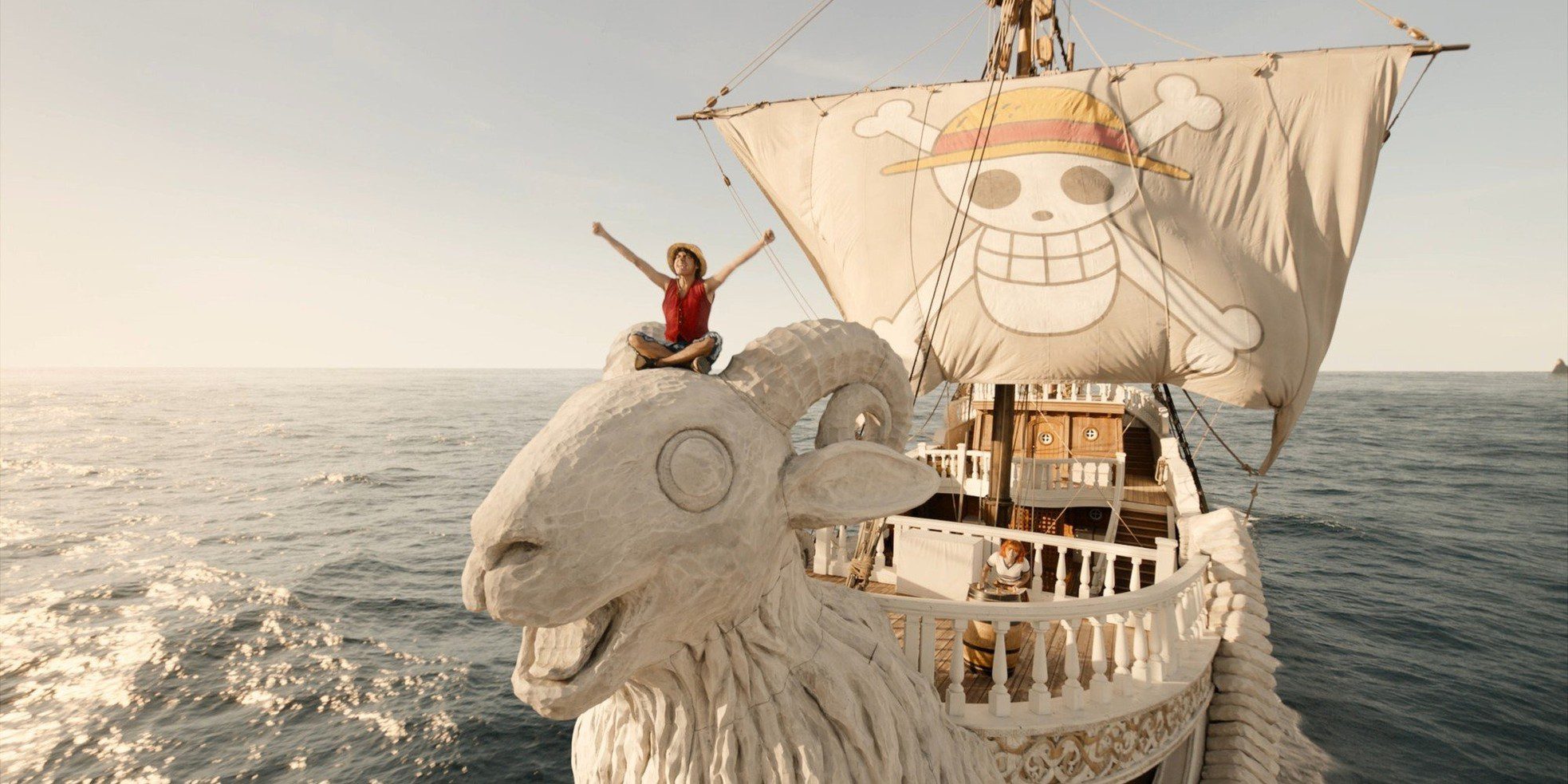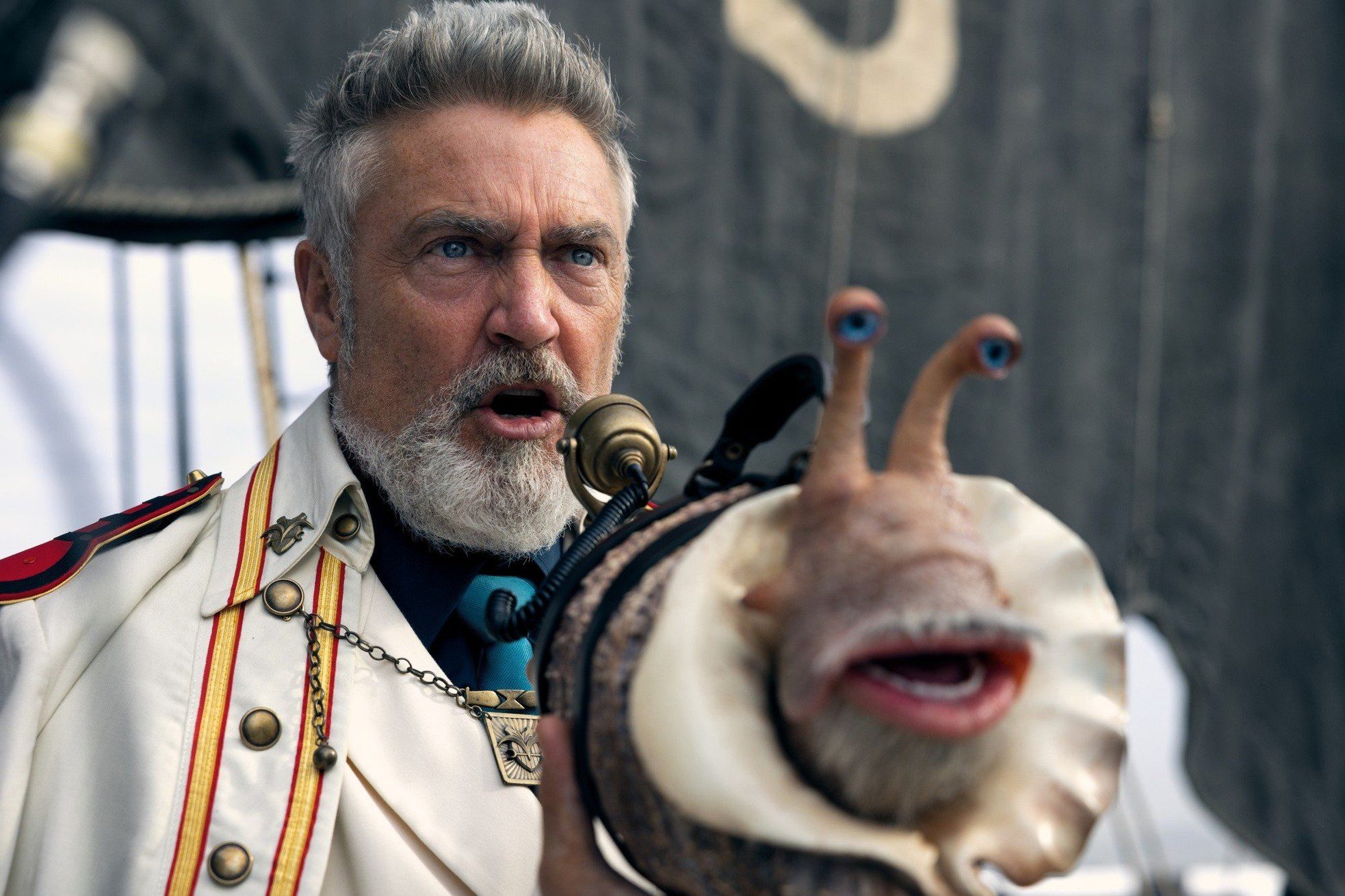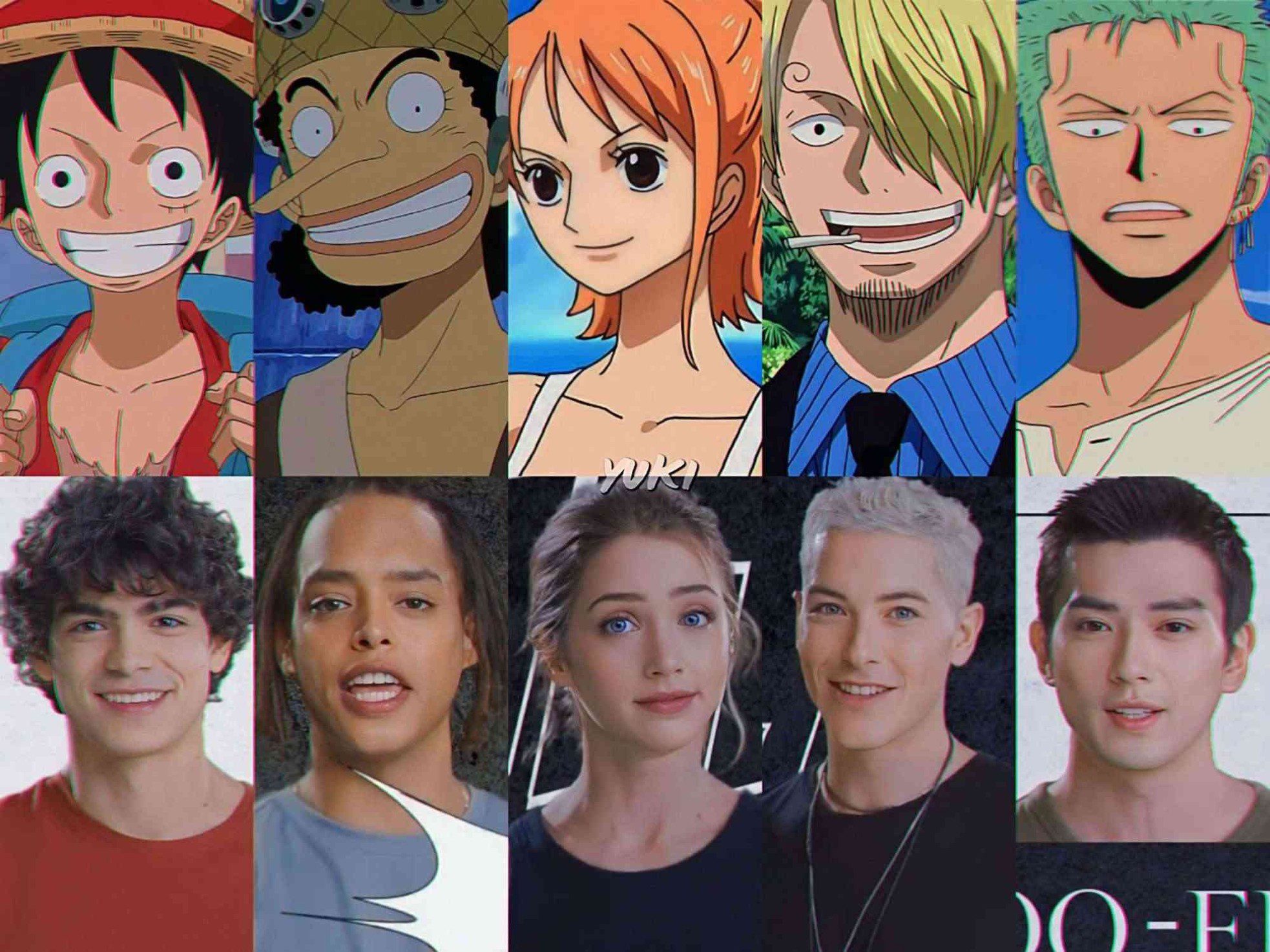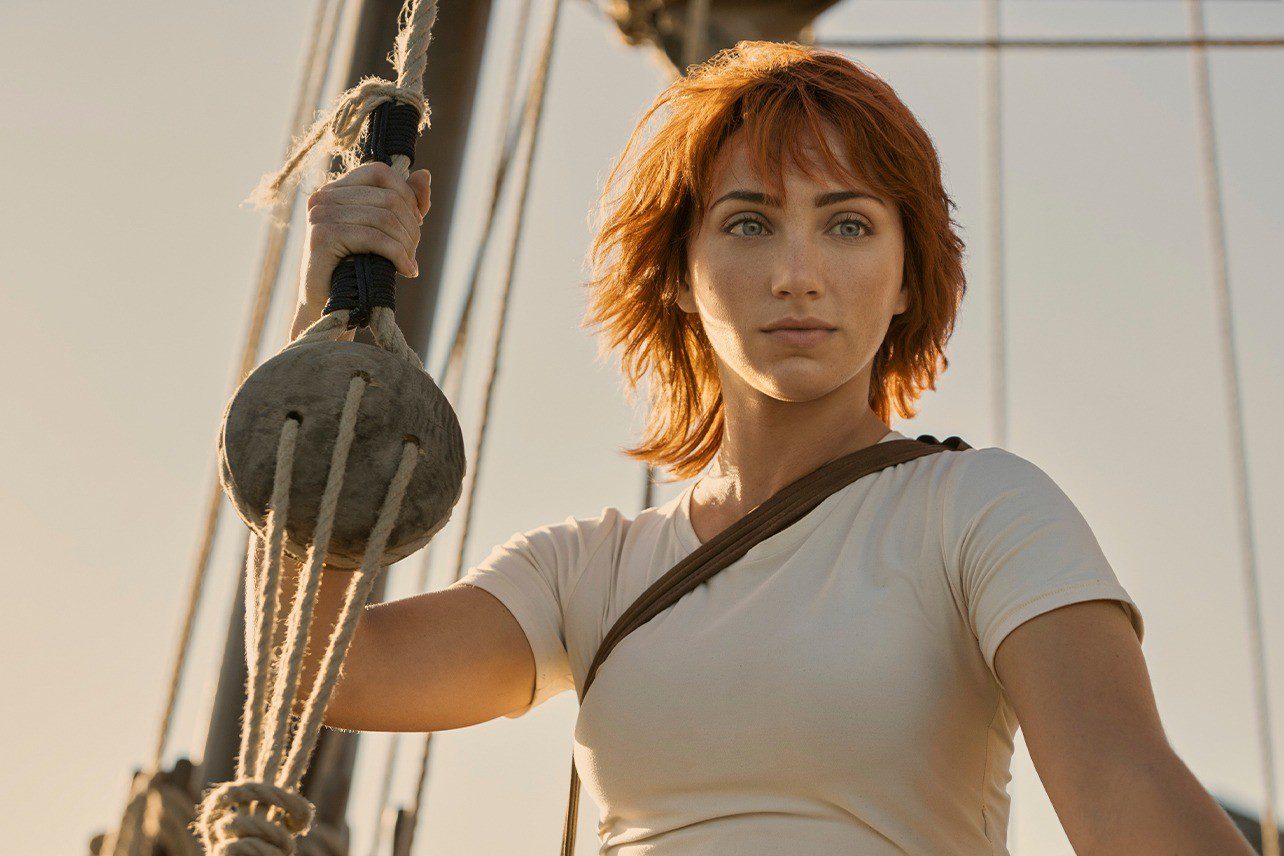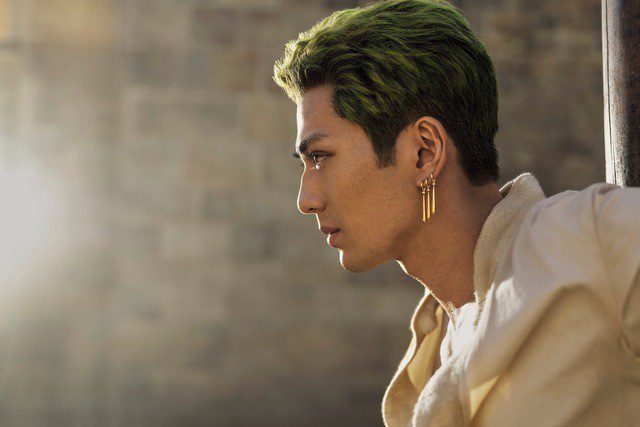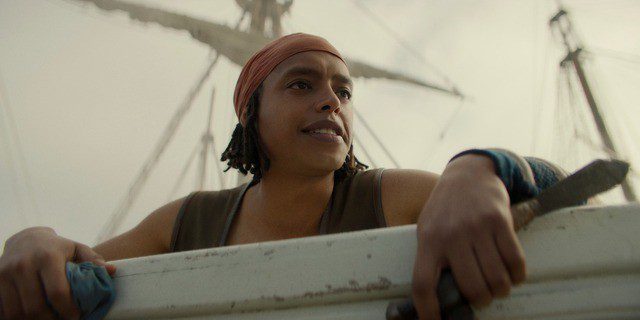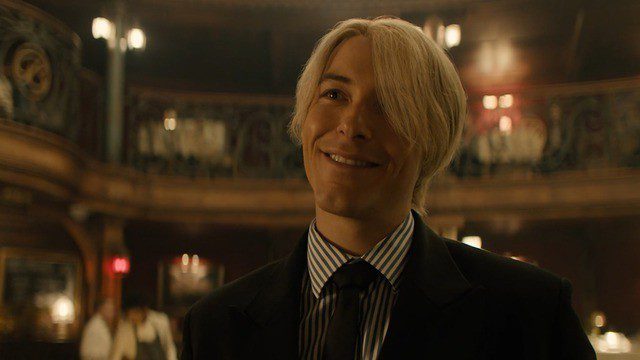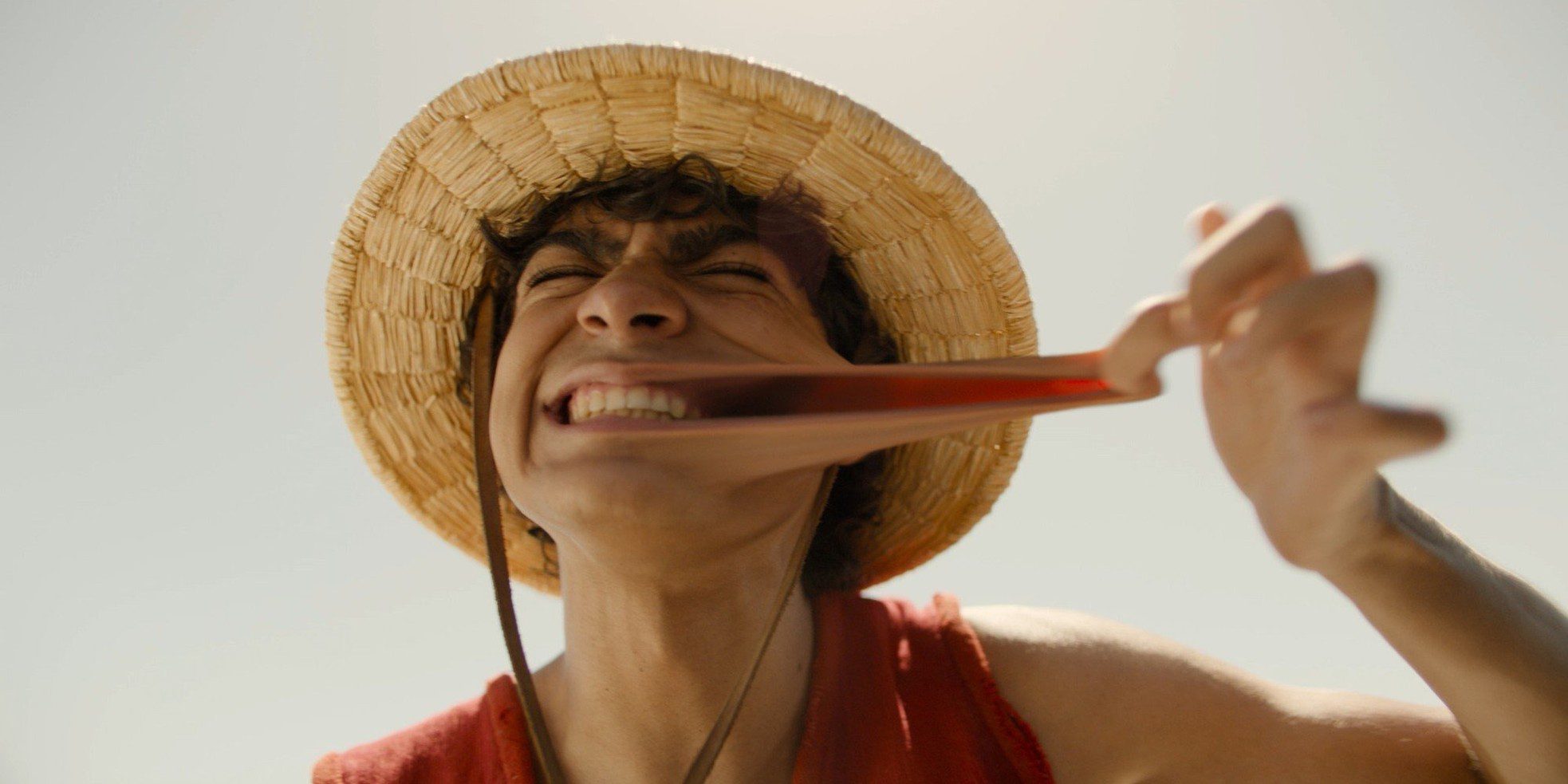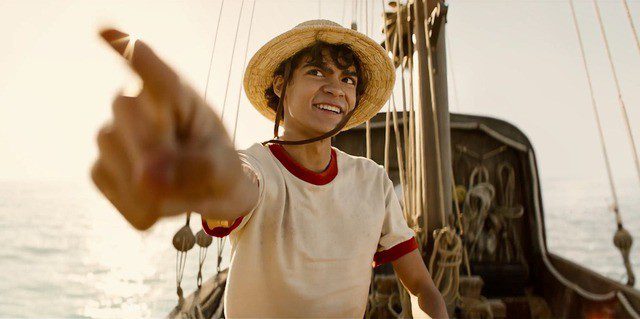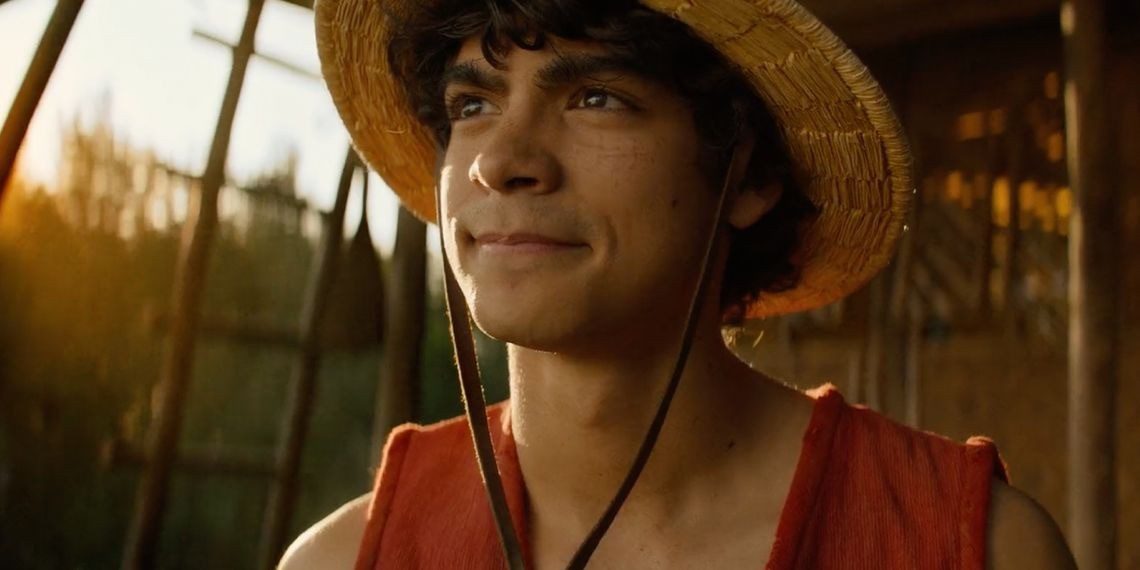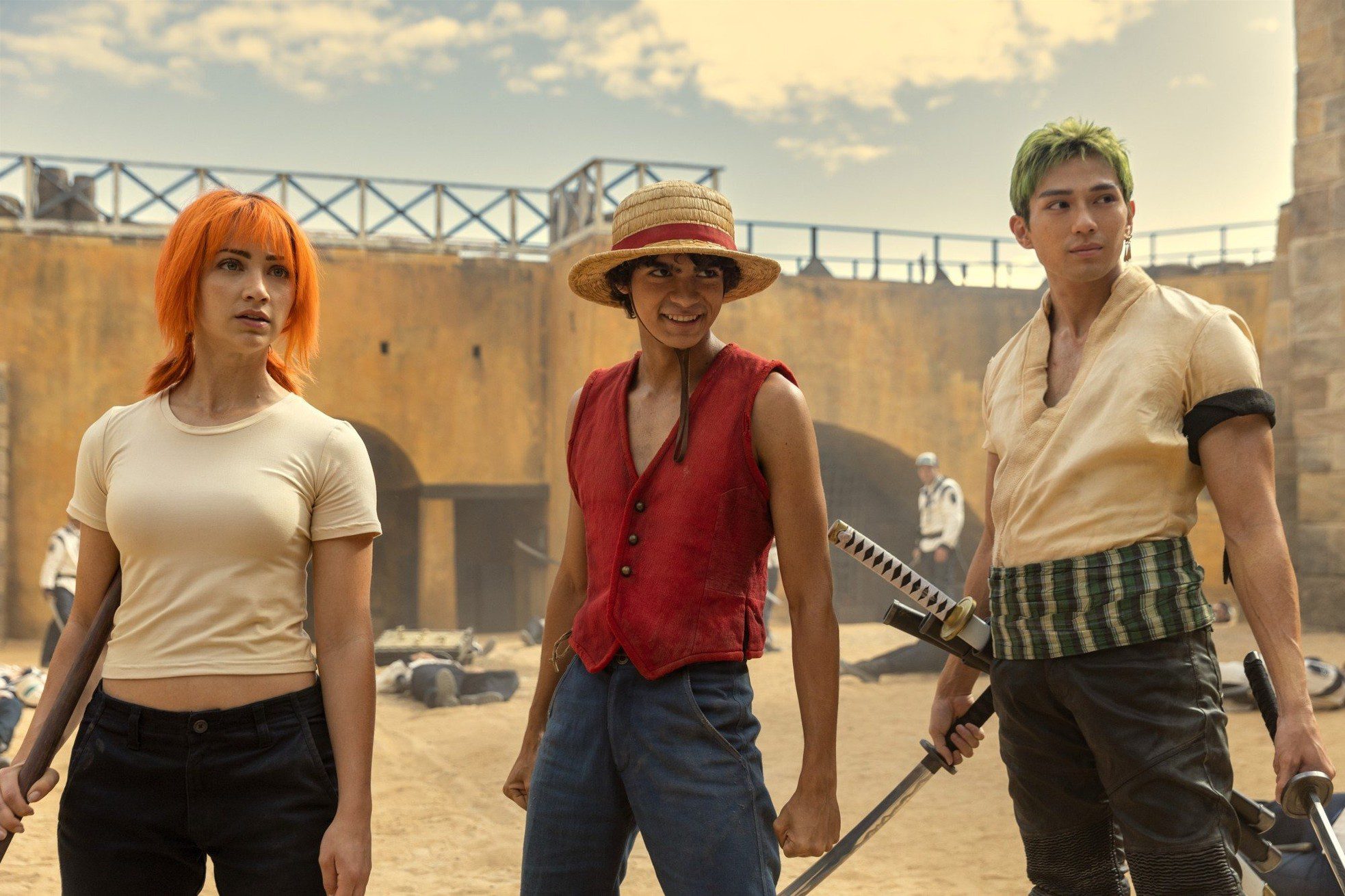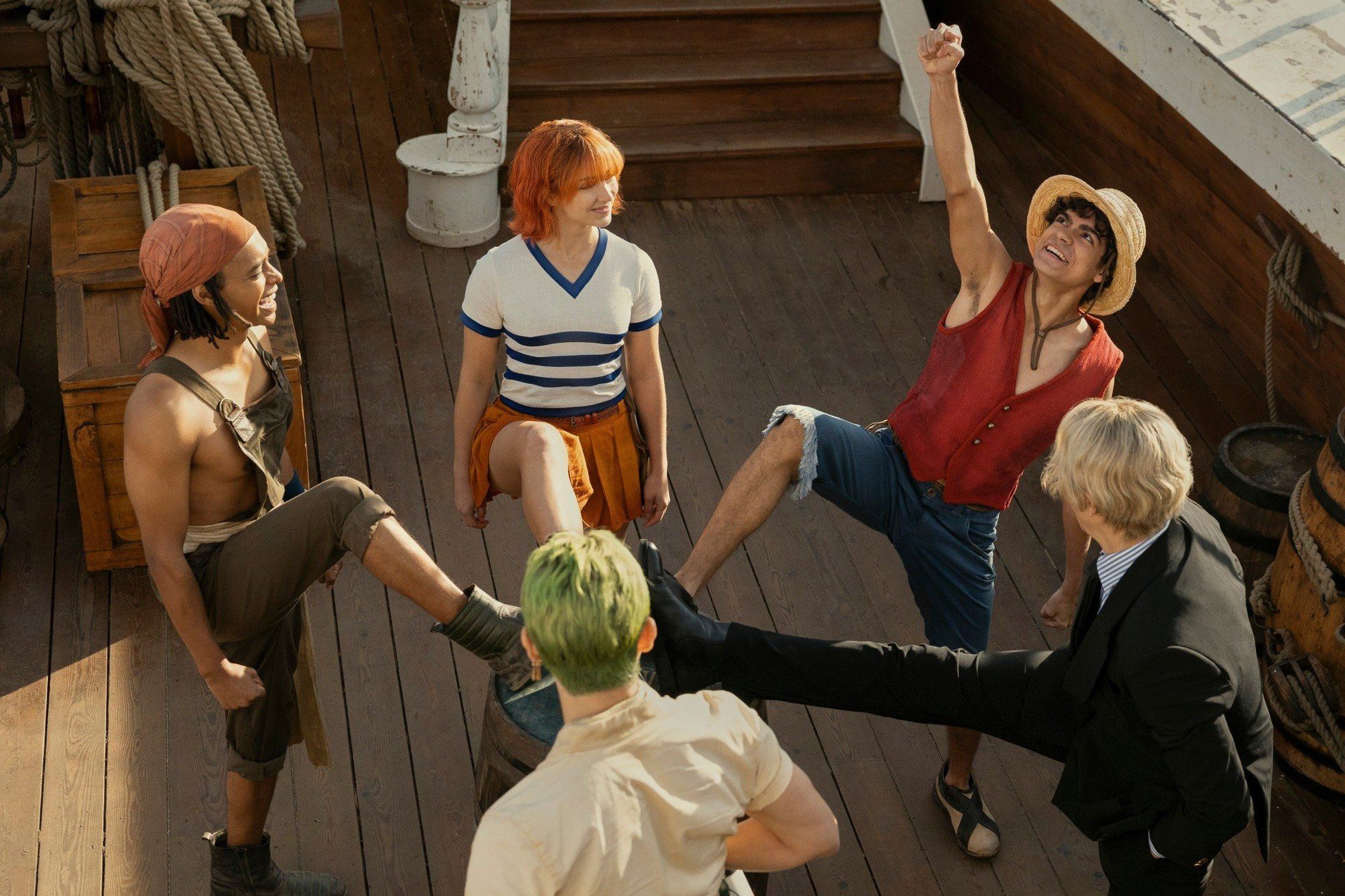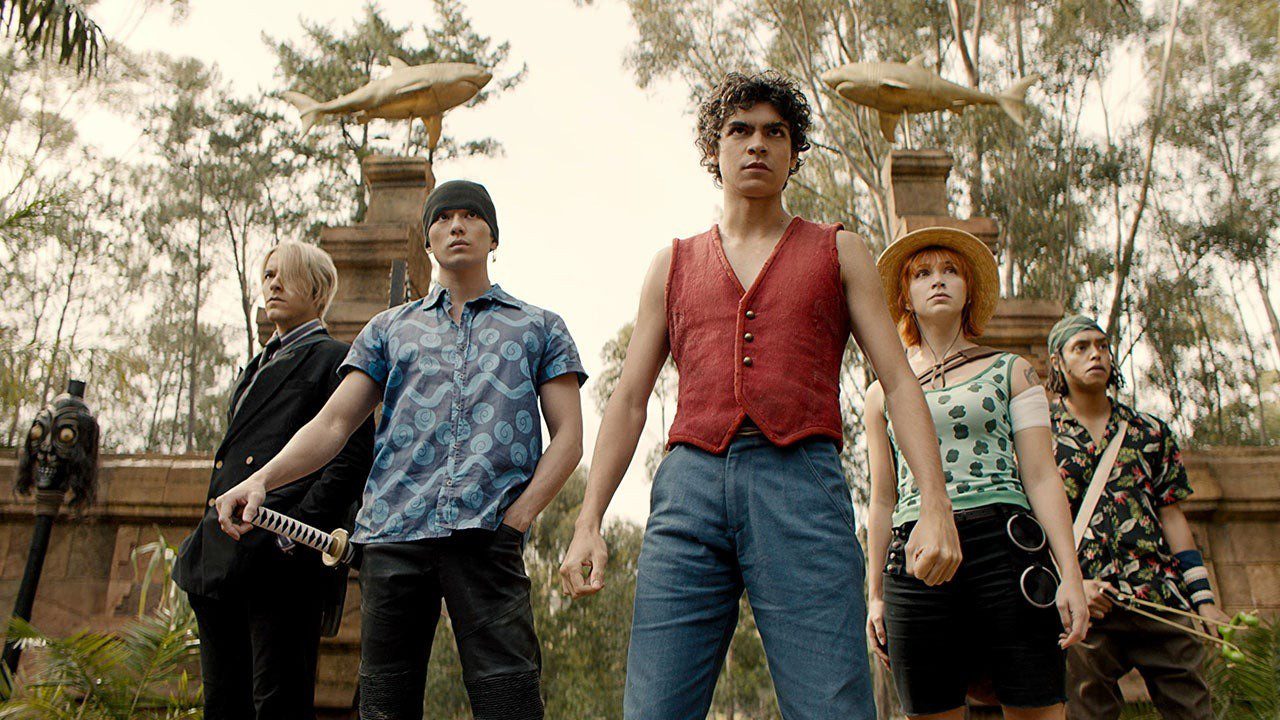One Piece expands the world significantly, created by author Eiichiro Oda, set in a universe reminiscent of the high seas, which is predominantly covered by water. This is the backdrop for a crew of pirates, dominated by the military forces of the World Government, tasked with maintaining law and order in a world filled with treasures and adventure.
The first live-action adaptation of One Piece, titled “Straw Hat Pirates,” was supervised by Eiichiro Oda himself and produced by Netflix with a budget of $18 million per episode.
In the eight episodes released on August 31, the series was rated quite positively, having successfully adapted 44 anime episodes and 95 manga chapters, allowing fans of One Piece and new viewers alike to understand and enjoy the story.
One Piece is a series about the adventures of a group of pirates in a quest for the legendary treasure, while also battling the navy to uphold the law and order. Image: X.
The Treasure Hunt Journey of the Straw Hat Crew in Live-Action
The protagonist, Monkey D. Luffy (played by Iñaki Godoy), aspires to become the Pirate King. Throughout the journey, he gathers his own crew, including the swordsman Roronoa Zoro (Mackenyu), who aims to become the world’s greatest swordsman; Nami (Emily Rudd), who dreams of charting the best sea maps; the talented chef Sanji (Taz Skyler), who seeks the legendary All Blue, where he can find all the ingredients from the ocean; and the optimistic sharpshooter Usopp (Jacob Romero Gibson), who serves as their sniper.
When Luffy first encounters the “Devil Fruit,” he gains the ability to stretch his body like rubber, allowing for incredible flexibility and powerful attacks.
Captain Luffy’s crew, the Straw Hat Pirates, is pursued throughout their journey by Vice Admiral Garp (Vincent Regan). Among Garp’s henchmen is Koby (Morgan Davies), Luffy’s childhood friend, who now works under the navy and struggles with his own loyalties.
As they traverse various islands searching for Luffy and the treasure One Piece, the Straw Hat Pirates face many obstacles. On their adventure, they encounter the navy and notorious bounty hunters, who threaten to break their bond. Luffy’s signature move involves stretching his rubber-like body to launch powerful punches, famously followed by the chant “Gomu Gomu no” (the rubber punch). The Straw Hat Pirates’ first ship is the Going Merry, used to sail from the East Blue to Water 7.
According to SCMP, the film was primarily shot in South Africa, successfully maintaining the thrilling atmosphere, vibrant colors, and an adventurous spirit that aligns with the essence of the main characters.
As the plot unfolds, the film explores deeper themes regarding each character’s backstory, emotional loss, and the bonds formed along their journey.
The balance of thrilling action and traditional storytelling methods is a highlight of the adaptation.
IGN noted that the initial part of the series performed well in establishing the distinct characteristics of the One Piece world. The action sequences were engaging, retaining the essence of the anime while adapting it effectively for a live-action format. The visual effects were utilized to highlight Luffy’s rubber-like abilities and the fantastical creatures that populate the seas.
Many viewers praised the building of character arcs, development, visual effects, and sound design in the film. Some details were adjusted from the source material, but they still contributed to a new narrative that melded well with the film’s pacing.
The Original Cast Receives Positive Reviews
The performance of the talented cast has captivated audiences. Godoy’s portrayal of Luffy generates a strong sense of trust and admiration. His version of Luffy is more nuanced than the original, humorous, and emotionally resonant, bringing to life the unique charm of the character while retaining the high energy and depth that fans expect.
Jacob Romero adeptly portrays Usopp, who serves as Luffy’s loyal companion. Usopp is one of the most affected characters due to the events of One Piece, but under Romero’s guidance, his storytelling will resonate deeply with viewers.
The One Piece cast from left to right: Godoy (Luffy), Jacob Romero (Usopp), Emily Rudd (Nami), Taz Skylar (Sanji), Mackenyu (Roronoa Zoro).
Mackenyu’s portrayal of Roronoa Zoro stands out due to his striking appearance. While he embodies a more serious demeanor compared to the original character, Mackenyu successfully captures Zoro’s fighting style and the spirit of the swordsmanship that is critical to the story. His martial arts skills and performance are consistently praised. Additionally, the chemistry between Zoro and Nami (Emily Rudd) is already garnering attention from viewers due to their “compelling” interactions.
Moreover, Taz Skylar successfully brings to life the charming yet complex character of Sanji. This character quickly transitions from a distinct fighter to a compassionate cook, while simultaneously embodying the role of the crew’s chef.
From IGN, Emily Rudd’s portrayal of Nami is highlighted as a bright spot in the series. “Emily embodies a strong presence and complexity akin to the essence of the character, while also showcasing the vulnerabilities in the backstory of the character. Her emotional depth and the way she confronts challenges are a testament to the character’s resilience.” Rudd’s performance brings a beautiful balance of strength and vulnerability, making her a standout in the ensemble.
The series is currently receiving positive feedback from both critics and audiences. On Rotten Tomatoes, it currently holds an 83% rating, with viewers giving it a solid 5-star rating and praising it for its engaging storyline. Many believe this is Netflix’s most successful anime adaptation in recent years. Fans are eagerly anticipating the continuation of Luffy and his crew’s adventures in part 2.
Author of One Piece: “I Realize That Times Have Changed”
In a rare interview with The New York Times, Eiichiro Oda—the creator of One Piece and executive producer—shared insights on adapting the best-selling manga into live-action. He drew inspiration from Chow Yun-fat’s 2001 action film Crouching Tiger, Hidden Dragon, which motivated him to pursue this live-action project.
“When I first started, I never thought manga could be adapted into live-action. But when I saw Chow Yun-fat’s movie, I felt that it was possible to bring the essence of manga to life,” he remarked.
In a pivotal moment, he decided to adapt the manga using advanced technology. “I realize that times have changed and that there are new technologies available to create the One Piece live-action adaptation. Thus, I shifted my focus towards finding suitable collaborators to bring the manga to life.”
The One Piece manga debuted in 1997 in the anthology Weekly Shōnen Jump before being adapted into an anime series in 1999. The story of the pirate adventure has also been adapted into video games and more recently into the film One Piece Film: Red. Netflix’s live-action series is the first of its kind for One Piece and aims to rectify the shortcomings of previous live-action adaptations of other manga series such as Ghost in the Shell, Cowboy Bebop, and Death Note, which were not well-received.
“Many mangas have been adapted into live-action, but often fail. This is because no one in Japan has successfully adapted a manga into a successful live-action format,” Oda remarked to Times. “Will fans of One Piece and those unfamiliar with the manga appreciate it? It’s crucial to find that answer,” he concluded.
Oda confirmed Netflix’s commitment to making revisions as necessary to ensure that the adaptation aligns closely with the original material.
“Right after we wrapped filming, many production team members expressed a desire to reshoot scenes because they felt they weren’t done well. Additionally, there were lines I didn’t think sounded like Luffy in the manga… but when I saw the footage, it resonated when Iñaki Godoy delivered it. There are many elements that need to remain authentic in the live-action version,” he added.
“A live-action adaptation of a manga should not simply rehash the original. It’s also about how audiences connect with the characters. It’s not necessary to change the story too much. The most important thing is whether the actors can bring the characters to life in a way that resonates with manga fans. I think we did well, so I hope the audience will appreciate it,” he concluded.


